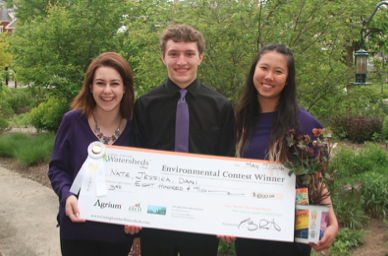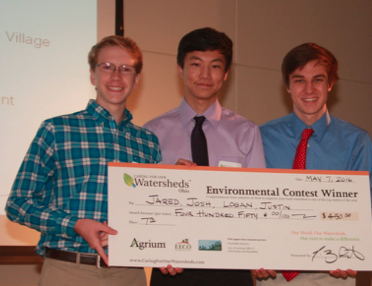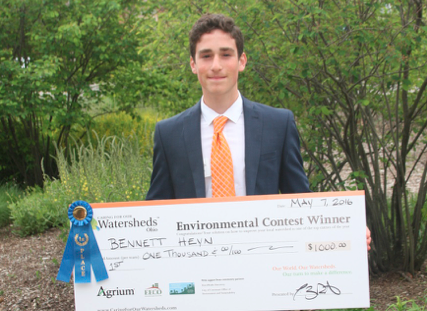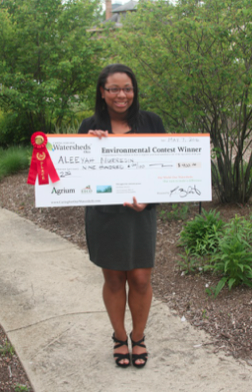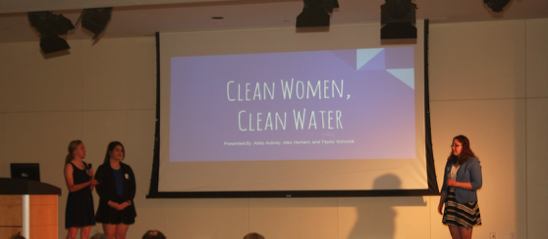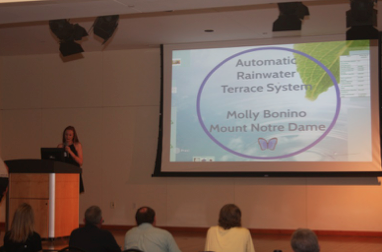2016, KANIVA, VICTORIA, AUSTRALIA
In 2014 Kaniva College students Louise, Jaden, Duncan and Luke took first place in the final competition for their proposal #KanivaWater. Since then, Louise and Jaden have been working tirelessly to put their idea into action. Their idea consists of providing their town with free, fresh drinking water to reduce the amount of plastic bottles purchased by the local community and visitors.
Kaniva is known as a highway town. Located on route between Melbourne and Adelaide, thousands 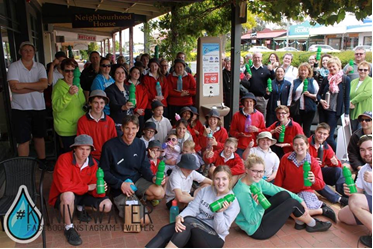
of people pass through Kaniva each day using this small country town as a rest stop. The students saw this as an opportunity to help the community and visitors reduce their impact on the environment by helping them to reduce or even stop buying plastic bottles.
Bottling water produces 2.5 million tons of carbon dioxide a year, and it takes 3L of water to produce just 1L of bottled water. Additionally, 2015 figures showed over 40% of litter picked up throughout clean up Australia Day was plastic.
Until now Kaniva had no free potable water in town, so the only option for the community or visitors was to purchase bottled water.To address this issue, a water filter and fountain were installed on already established rainwater tanks at the Purple Starfish on Kaniva’s main street. After numerous tests by community partner GWM Water, Louise and Jaden officially opened the #KanivaWater fountain on November 2nd 2016.
Their project has also been set up to educate people about this important issue and solution via social media, hence the # in the title. You can continue to follow their journey on Facebook, Instagram or Twitter by searching for #KanivaWater.
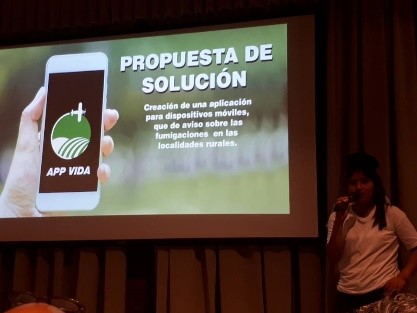 EET N°1 of San Andrés de Giles. Students: Tomás Pellegrini,Valentina Miranda, Joaquín Coarasa, Cecilia Yucra Ramos.
EET N°1 of San Andrés de Giles. Students: Tomás Pellegrini,Valentina Miranda, Joaquín Coarasa, Cecilia Yucra Ramos.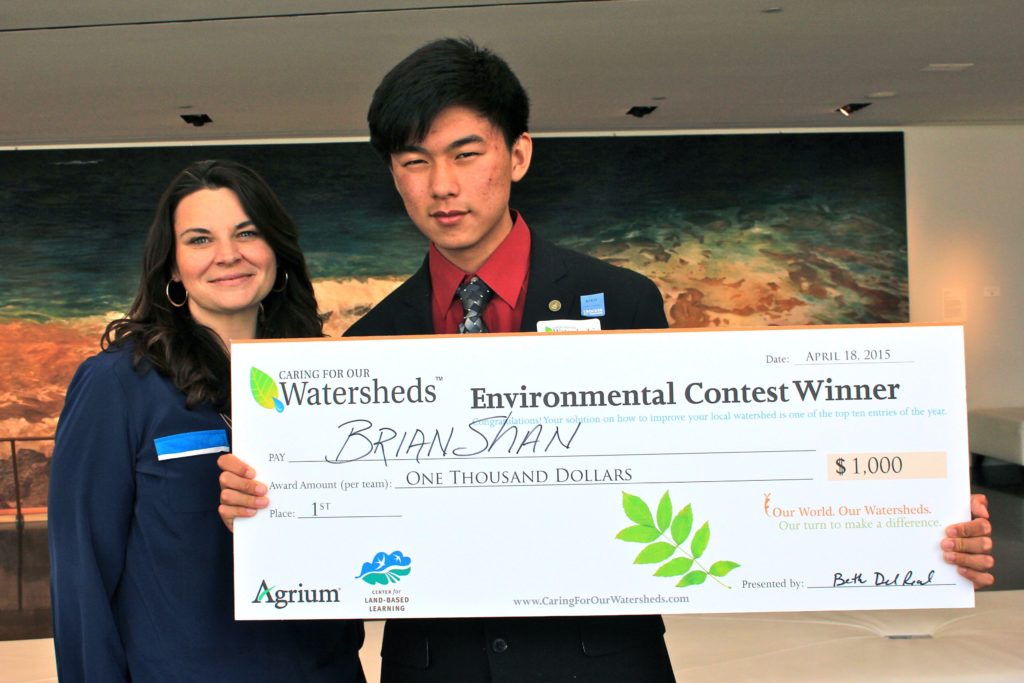 Brian Shan was proud to place first in the 2015 Caring for our Watersheds contest for his proposal to install aerators on faucets in his school. Faucet aerators deliver a mixture of water and air, limiting how much water is released while maintaining pressure and reducing splashing. The aerators, relatively inexpensive and easy to install, help conserve water and reduce energy use and costs.
Brian Shan was proud to place first in the 2015 Caring for our Watersheds contest for his proposal to install aerators on faucets in his school. Faucet aerators deliver a mixture of water and air, limiting how much water is released while maintaining pressure and reducing splashing. The aerators, relatively inexpensive and easy to install, help conserve water and reduce energy use and costs.
